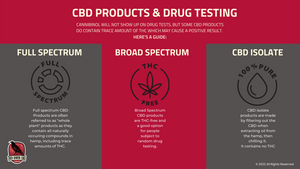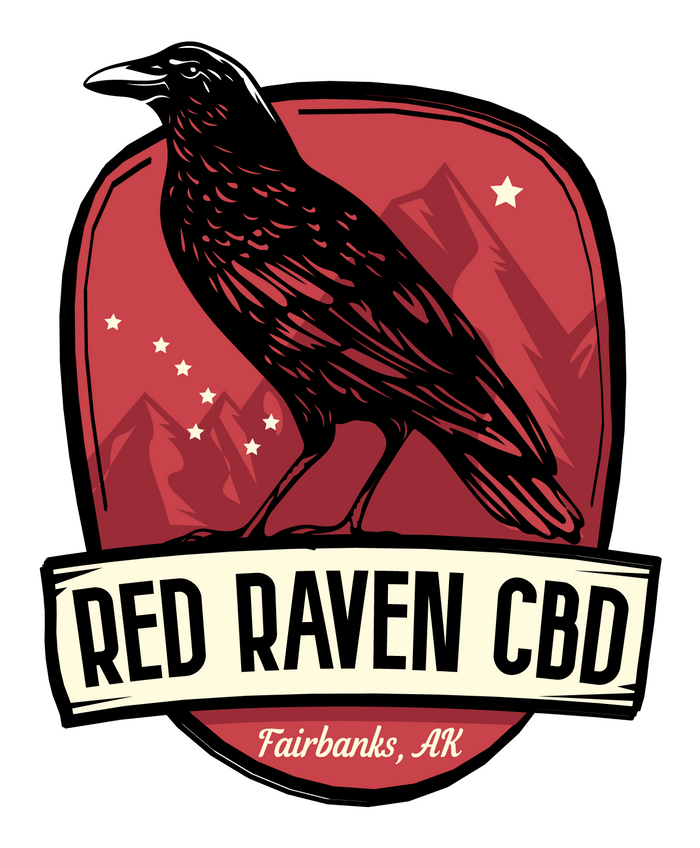Living systems are protected and maintained by many repair programs, and one of the body’s most important “programs” is the endocannabinoid system. The ECS is found in all vertebrate species, including humans. One of the main jobs of the ECS throughout the animal kingdom is to play a crucial role in the overall homeostasis of each individual organism.
Homeostasis is the idea that there is a prescribed set of systems within organisms that are used to maintain biological functions and conditions within a narrow range. For example, human bodies don’t function well in extreme conditions like when the external temperature is either too hot or too cold or when internal conditions like blood sugar are either too high or too low. In order for cells to work properly, conditions need to be in a very specific state and systems have evolved over time to facilitate this balance in the body known as homeostasis. One such system, the endocannabinoid system (ECS), is an essential system that plays a large part in maintaining homeostasis within the human body (and many other types of animals).
There are three key components to the ECS:
- Endocannabinoids, small molecules that activate cannabinoid receptors.
- Cannabinoid Receptors that are embedded within the cell membrane and “listen” to conditions in the extracellular space. When necessary they transmit information about any adverse conditions to the inside of the cell so that any cellular response can begin.
- Metabolic enzymes that break down endocannabinoids after they are used.
Endocannabinoids are molecules that bind to, and activate, cannabinoid receptors.
Endocannabinoids are produced naturally by cells in the human body (“endo” means “within,” as in within the body). There are two major endocannabinoids. These endocannabinoids are made from fat-like molecules within cell membranes, and are synthesized on-demand. They are different from other biomolecules used for signalling in this regard because they are made and used exactly when needed and aren’t constantly maintained and stored in the body.
Cannabinoid receptors are present in cells all over the body
There are two major cannabinoid receptors: CB1 and CB2. Though they are not the only cannabinoid receptors in the body, they are the most prevalent and the best studied.
- CB1 receptors are among the most abundant receptor types in the brain. These are the receptors that interact with THC to get people high.
- CB2 receptors are more abundant outside of the nervous system, in places like the immune system.
Endocannabinoids are quickly destroyed by metabolic enzymes once they’ve been used
The main enzymes are FAAH, which breaks down anandamide, and MAGL, which breaks down 2-AG. These enzymes ensure that endocannabinoids get used when they’re needed, but not for longer than necessary. Unlike hormones or other neurotransmitters that can remain intact for an extended period of time or be repackaged for use in other areas or the body.
These three key components of the ECS are found within almost every major system of the body. When conditions in an area of the body are pushed out of homeostasis, each of these pieces of the ECS work together to restore normal conditions (or homeostasis). Because the ECS has a very specific role, of maintaining optimal working conditions for the cells, it is typically only operating when needed.
The brain isn’t the only organ that needs to maintain homeostasis. Every system of the body, from the cardiovascular to the digestive and beyond, needs to meticulously control how its cells are functioning.

Lack of homeostasis = unbalance in the body = stress = illness
Chronic stress disorders include PTSD, depression, anxiety and even physical illnesses. There is both anecdotal and scientific evidence from many different sources that show all different types of physical and mental stress can be alleviated through the use of CBD products. One of the first known and best studied conditions in relation to CBD use is inflammation which can and does affect many different areas of the body.
It is worthy of note as well that CBD, which is a cannabinoid that acts directly on the ECS the same way that endocannabinoids do, has been shown to aid in the treatment of many psychological conditions like anxiety and stress. Some of this stress may be related to not only psychological conditions, but psychosomatic illness as well.
According to neuroscientists at the U of HI, it’s possible that 80% of illnesses are psychosomatic in origin. For example: If a rat is painlessly restrained and placed in the cold (a very survival-threatening condition), they form stomach ulcers within one hour. This study shows that much illness is brain-induced and can probably be traced to elevated stress hormones. If a signal from a stress hormone can induce physical illness, then it only stands to reason that the introduction of an anti-stress signal like CBD can aid in the maintenance of homeostasis.
Maintaining homeostasis is really the maintenance of life for animals. Too much time outside the normal parameters for any given cells or systems can lead to cell death and overall illness or death. It is only logical that a supplement that naturally reduces stress and maintains a homeostatic balance within the body can have some pretty powerful effects.


